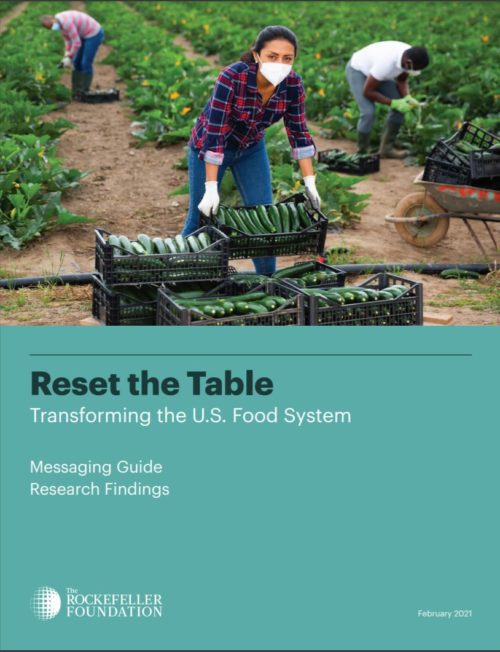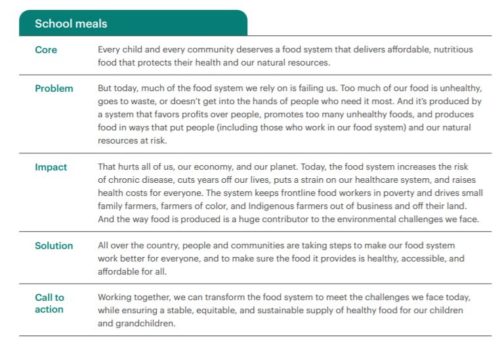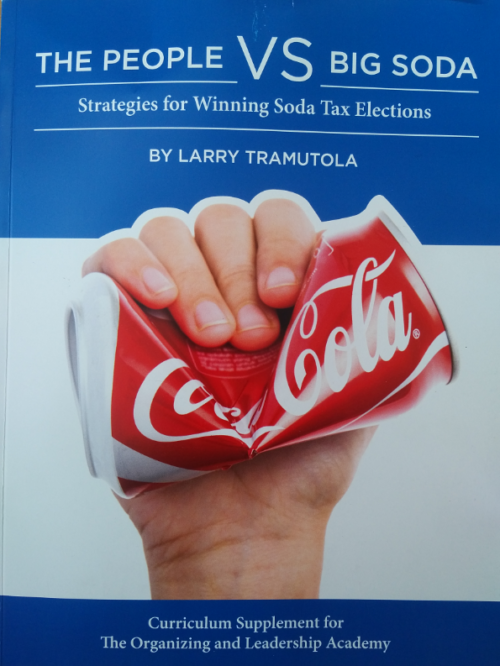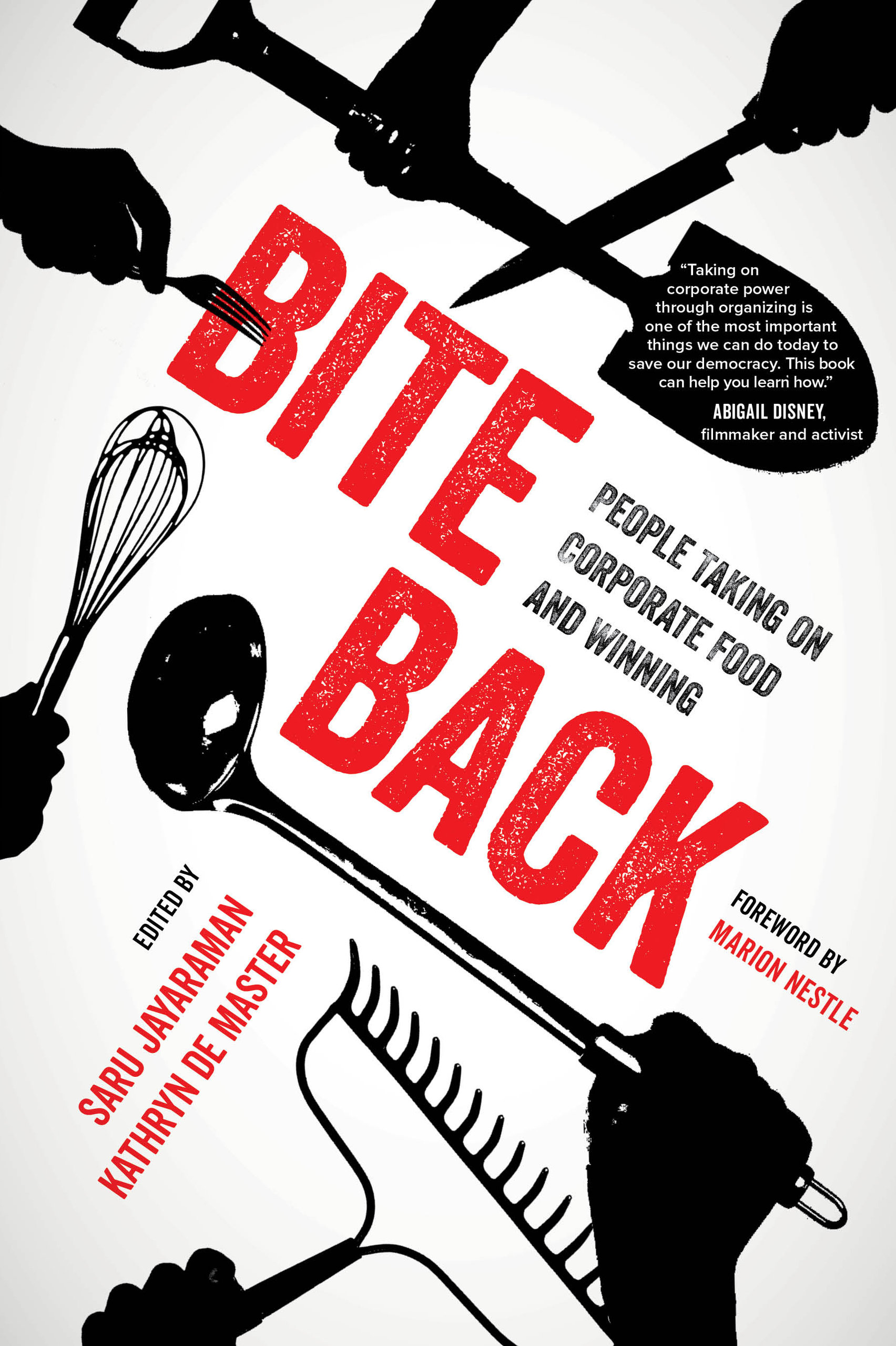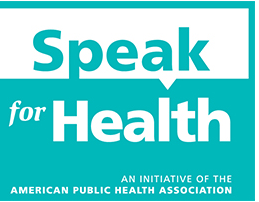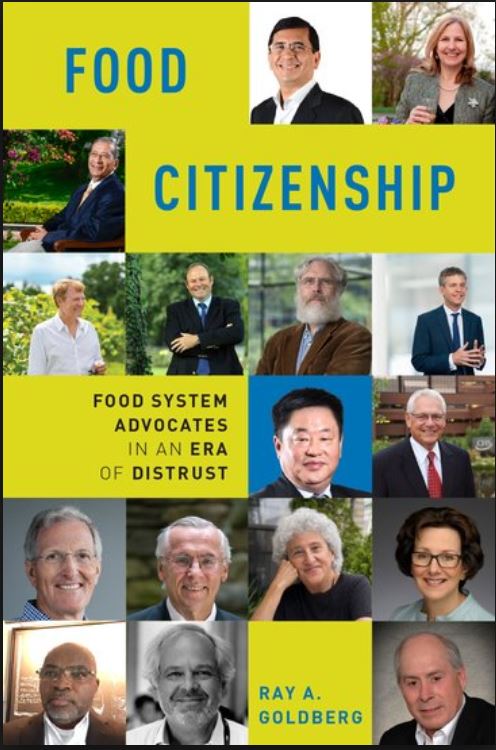Good news: sometimes, food advocacy works
How about let’s end this year with some cheery news.
The Global Health Advocacy Indicator (“Changing Policies to Save Lives”) has produced a series of international case studies of successful advocacy for a healthier food environment.
- How Advocates Protected Heart Health in Brazil: Brazil approved strict limits on trans fat in food following strategic advocacy led by local civil society organizations supported by the Global Health Advocacy Incubator (GHAI). Our new case study describes the process and lessons learned. Read the case study
- A Victory for Healthy Food Policy in Argentina: Argentina passed a Front of Package Labels bill with some of the strongest standards in the region in October, thanks to incredible advocacy by civil society organizations FIC Argentina, Fundeps, SANAR and Consumidores Argentinos. Read more
- How Advocacy Communications Supported Healthy Food Policy in Colombia: Colombia adopted a new Front of Package Labels law in August. We asked our civil partners how they how they used communications to advance advocacy and mobilize public support. Read the responses from Red PaPaz, Colectivo de Abogados, Dejusticia and FIAN Colombia. Read the responses
- Trans Fat Policy Win in Bangladesh: In November, Bangladesh set new trans fat limits in line with international best practices. “The approval of trans fat regulations in Bangladesh illustrates the power of civil society advocates to impact public health policy,” said Muhammad Ruhul Quddus, GHAI’s coordinator of cardiovascular health work in Bangladesh. Read more
- Case Study: Trans Fat Elimination in the Philippines: Read our new case study about the advocacy that led the Philippines to mandate the elimination of industrially produced trans fat from its food supply in July. Read the case study
- Resource: Legal Issues in the Design and Implementation of Public Health Measures: Our new resource, Legal Issues in the Design and Implementation of Public Health Measures, describes how our legal experts evaluate public health policies and legislation. Download the Guide
- Report: Behind the Labels: Big Food’s War on Healthy Food Policies: Our new report describes how the ultra-processed food and beverage product industry is attempting to derail effective front-of-package warning label policies, and shares key activities public health advocates are using in response. View the report
- New Case Study: Protecting Heart Health in India: Our new case studies describes how Indian advocates supported new national limits on trans fat, a particularly harmful food component. Read the case study
Advocacy can succeed when it is done well. It’s working in all these countries. We could do that too!

